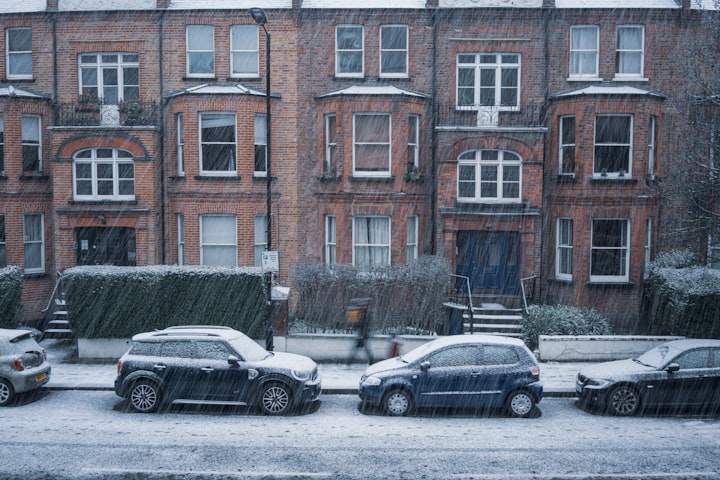"Designing Cities for People, Not Cars
Design

In recent years, the design of our cities has become increasingly focused on accommodating cars. Wide roads, sprawling parking lots, and high-speed highways have reshaped the urban landscape, but at a significant cost. As cities have been optimized for cars, they have become less livable for people. Traffic congestion, air pollution, and the lack of walkable, bikeable streets are just a few of the negative consequences of this approach. But there is a growing movement to change the way we design our cities, putting people back at the center of the equation.
The problem with car-centric design is that it prioritizes the movement of vehicles over the needs of people. This has led to a number of negative outcomes, including increased traffic congestion and longer commute times. In some cities, rush hour traffic can extend for hours, leading to frustration and stress for drivers and reduced productivity for businesses. The negative environmental impact of car-centric design is also significant. Cars are a major source of greenhouse gas emissions, which contribute to climate change, and the air pollution caused by cars can have serious health consequences.
Designing cities for people, not cars, requires a shift in thinking. Instead of focusing on the needs of drivers, urban planners and designers need to prioritize the needs of pedestrians, cyclists, and public transit users. This means creating streets that are safe and inviting for people to walk, bike, and take public transportation, rather than just drive. It also means designing neighborhoods that are dense and walkable, with a mix of residential and commercial spaces that are easily accessible by foot or bike.
One of the key elements of designing cities for people is creating a more connected and efficient public transit system. Public transit is an essential component of any livable city, providing an affordable and sustainable way for people to get around. In order to encourage more people to use public transit, cities need to invest in high-quality transit infrastructure, such as bus rapid transit and light rail systems. They also need to make public transit more accessible, with frequent and reliable service, and better integration with other forms of transportation, such as bike sharing and car sharing.
Another important element of designing cities for people is creating more walkable and bikeable streets. This means creating streets that are safe and comfortable for pedestrians and cyclists, with dedicated bike lanes, wider sidewalks, and reduced speed limits. By making it easier and safer for people to walk and bike, cities can encourage more active transportation and reduce the number of cars on the road. This has a number of benefits, including reducing traffic congestion, improving air quality, and promoting physical activity and overall health.
Designing cities for people also means creating more vibrant and livable neighborhoods. This means designing neighborhoods that are dense and mixed-use, with a variety of housing options and commercial spaces. It also means creating public spaces, such as parks and plazas, that are accessible and inviting for all residents. By creating neighborhoods that are walkable, bikeable, and livable, cities can help reduce social isolation and promote a sense of community.
One of the challenges of designing cities for people is overcoming the resistance of drivers and car-centric businesses. Many people are resistant to change, and there may be concerns about the impact of reducing the number of cars on the road. However, research has shown that designing cities for people, not cars, can have significant benefits for everyone, including drivers. By reducing traffic congestion and improving air quality, cities can create a more pleasant and productive environment for all residents. And by promoting active transportation and public transit, cities can reduce the cost of transportation for everyone.
In conclusion, designing cities for people, not cars, is essential for creating livable and sustainable urban environments. By prioritizing the needs of pedestrians, cyclists, and public transit users, cities






Comments
There are no comments for this story
Be the first to respond and start the conversation.